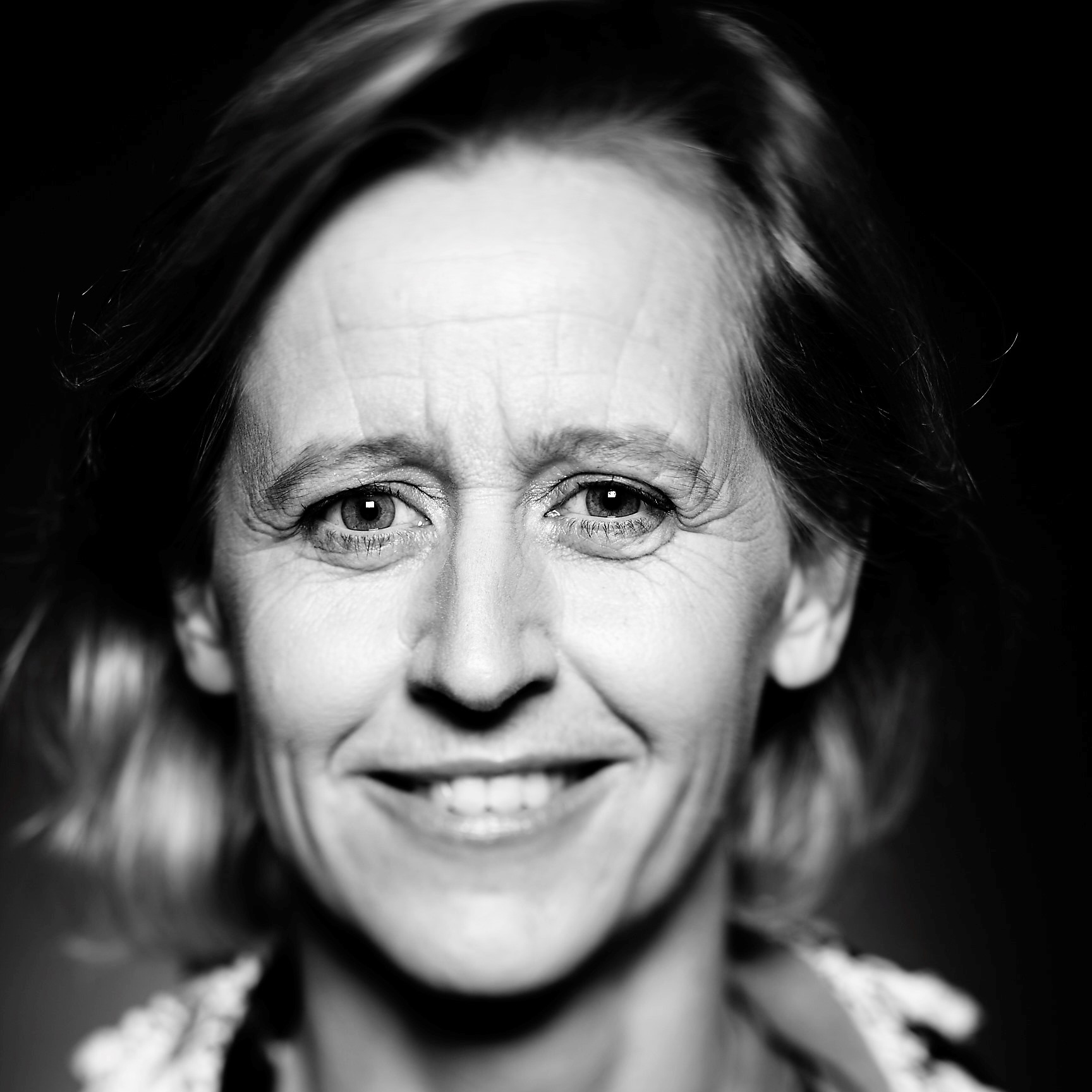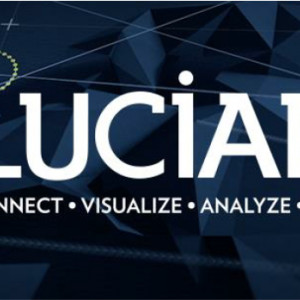 \
&
Contact us
\
&
Contact us
 \
&
Contact us
\
&
Contact us
Partnership website: https://www.clean-hydrogen.europa.eu/index_en
As an institutionalised public-private partnership, Clean Hydrogen Joint Undertaking (JU) brings together the European Commission (the public sector), Hydrogen Europe and Hydrogen Europe Research (representing the hydrogen industries and hydrogen research community respectively) so as to bring together as many relevant actors as possible across the whole clean hydrogen value chain. It considers all sectors of the economy, but especially the hard-to-abate ones like transport and heavy industry.
In support of the European Green Deal, the Clean Hydrogen JU aims to accelerate development and deployment of European clean hydrogen technologies, contributing to a sustainable, decarbonised and fully integrated energy system. It contributes to the European climate neutrality goal by producing noticeable, quantifiable results towards the development and scaling up of hydrogen applications. This will help develop a number of hydrogen technologies, which are currently either not competitive or have a low technology readiness level, but are expected to contribute to the 2030 energy and climate targets and most importantly make the goal possible of climate neutrality by 2050.
The EU will support the Clean Hydrogen JU with €1 billion euro for the period 2021-2027, complemented by at least an equivalent amount of private investment (from the private members of the partnership), raising the total budget to above €2 billion euro.
As an institutionalised partnership, Clean Hydrogen JU has its own work programmes.
Partnerships group the EC and private and/or public partners, to coordinate and streamline the research & innovation initiatives and funding in some selected key domains.

Ria.debreucker@vlaio.be

Founded in 1999, Luciad serves clients in Europe, Asia and the Americas. Though it recently was acquired by Hexagon Geospatial, they kept an agile SME mindset. Thousands of end users work directly with Luciad’s geospatial applications, and major systems integrators (think Airbus Defense and Space, Lufthansa Systems, NATO, Thales…) incorporate its software in their own products.
NCP Flanders went to Leuven to interview Frederic Houbie, the Research Projects Manager at Luciad, about how he sees Horizon 2020. Luciad is a partner in the MARISA project, which is a collaborative RIA project submitted to an ICT call topic.